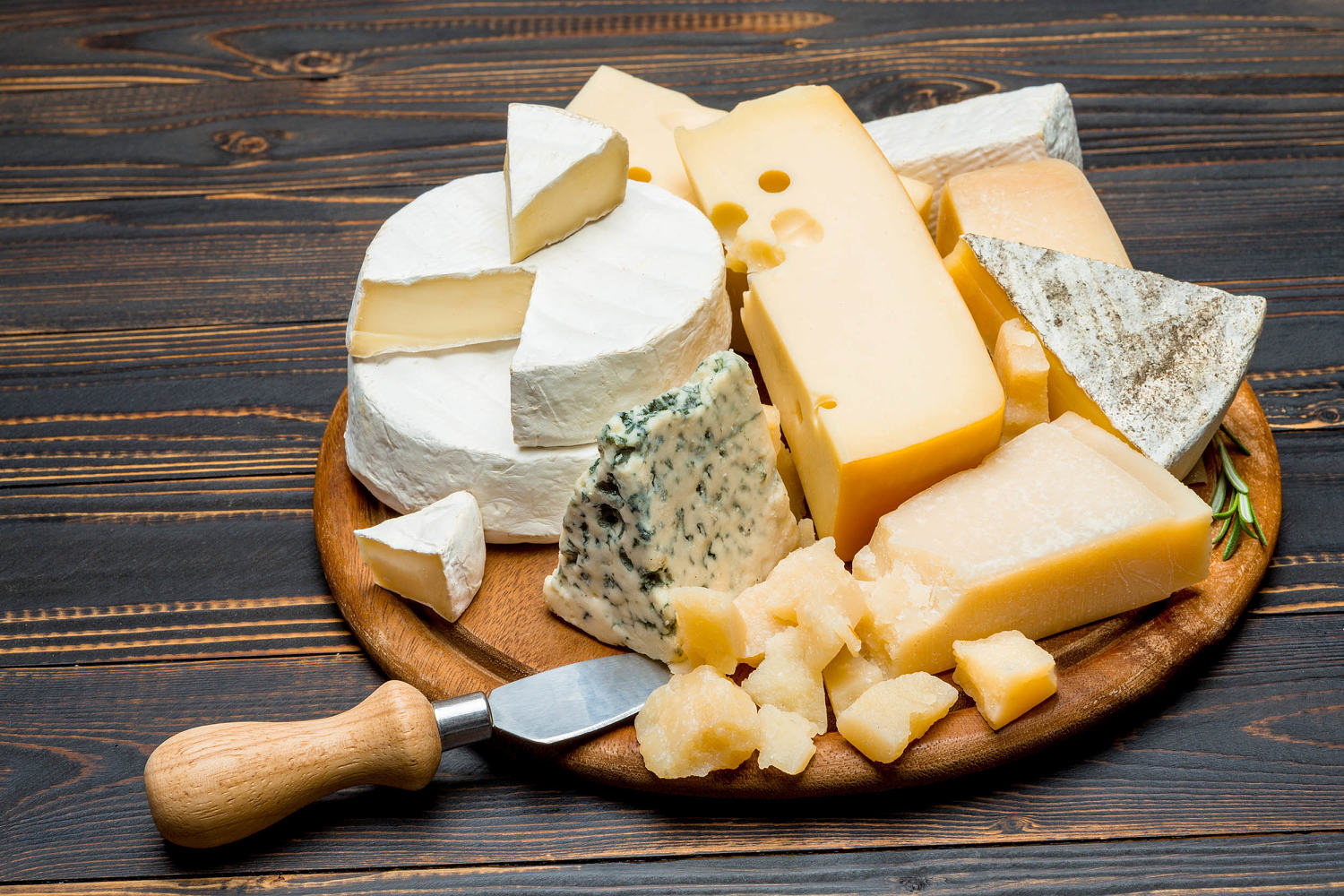Cheese can be healthy in moderation, but Americans love it in big amounts: We eat 42 pounds of cheese per person per year — an all-time high, according to the most recent government figures and the . Sliced, shredded, melted, crumbled or baked, it’s irresistible on its own, added to a sandwich or part of a satisfying meal like pizza or lasagna. It can even be eaten for .
Cheese has a rich culinary history, with humans making it for more than 4,000 years, the International Dairy Foods Association notes. There are now 2,000 varieties, so which is the healthiest cheese? It’s complicated, . Early studies supported a link between high saturated fat intake from dairy and a higher risk of heart disease.
But may not be as unhealthy as once thought, according to more recent research. A 2023 called cheese “nutrient-dense” and found it has “neutral to moderate benefits for human health.” "Cheese is totally healthy," said Vanessa Rissetto, a New York-based registered dietitian, on TODAY during a segment that aired May 29, 2024.
"It can be part of your overall healthy eating plan." “There is absolutely a place for cheese in the diet,” adds registered dietitian Natalie Rizzo, nutrition editor for TODAY.com.
“The main deterrent for eating cheese is that it has saturated fat, but it also has other beneficial nutrients, like protein and calcium.” For example, a 1-ounce slice of cheddar cheese has 5 grams of saturated fat, which is a little more than a third of the amount.


















